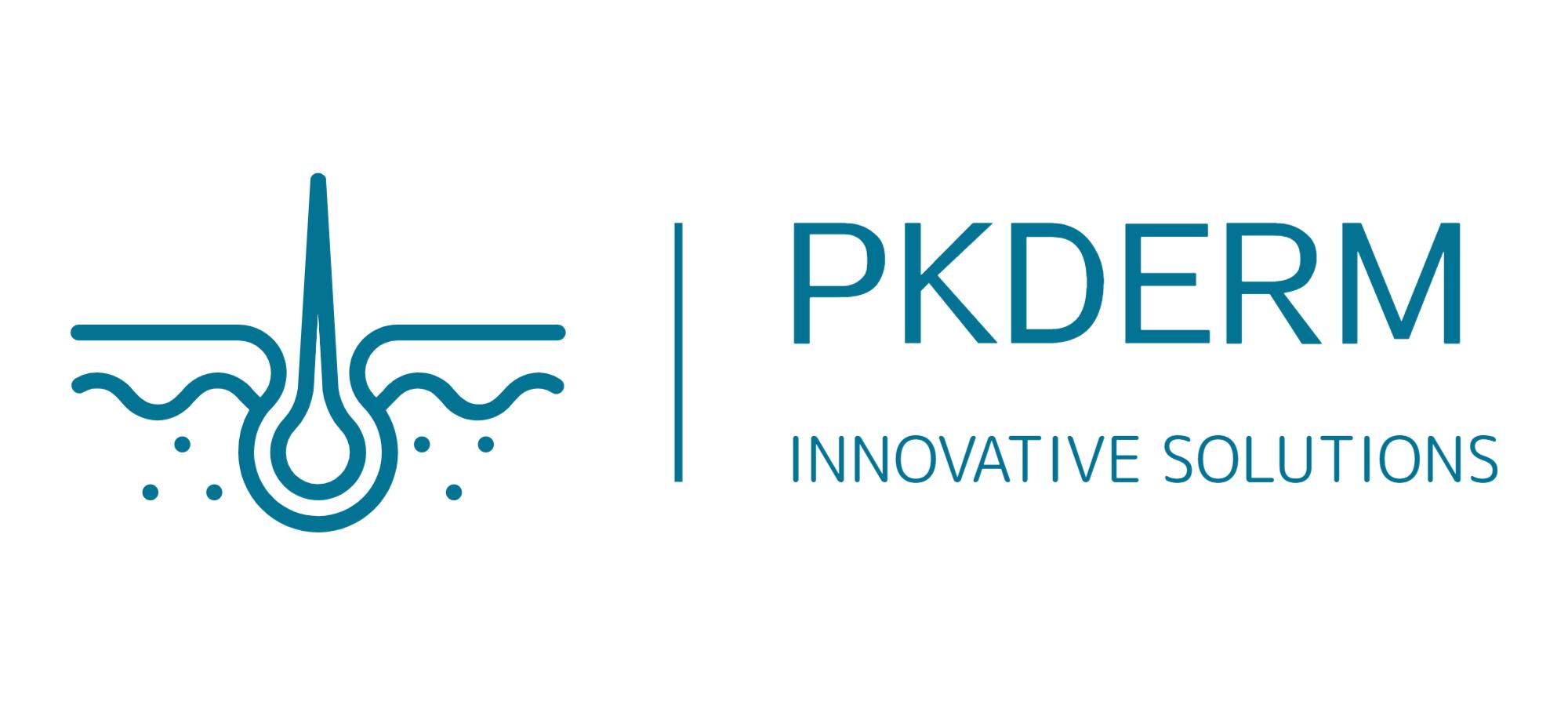Dr. Jitao David Zhang is a computational biologist working in drug discovery at Pharma Research and Development, the research unit of F. Hoffmann-La Roche Ltd., at Roche Innovation Center Basel. His research focuses on computational and modelling approaches to understanding drug mechanism and safety. He co-develops the molecular phenotyping platform that profiles pathway activation patterns of drug candidates, which has supported many discovery projects. He supervises students and post-doc researchers, publishes open-source software packages and peer-reviewed open-access publications, and teaches the course Applied Mathematics and Informatics In Drug Discovery at the University of Basel.
OpenTox Virtual Conference 2021 Session 8
Optimization of the TeraTox assay for preclinical teratogenicity assessment
Jaklin Manuela*,1,2, Zhang Jitao David*,1, Schäfer Nicole1, Clemann Nicole1, Barrow Paul1, Küng Erich1, Sach-Peltason Lisa1, McGinnis Claudia3, Leist Marcel2, Kustermann Stefan1
1Pharma Research and Early Development, Roche Innovation Centre Basel, F. Hoffmann-La Roche, Switzerland.2 Department for In Vitro Toxicology and Biomedicine Inaugurated by the Doerenkamp-Zbinden Foundation, University of Konstanz, Germany.3 University of Dundee, Drug Discovery Unit, Dundee, Scotland, UK. * These authors contributed equally; To whom correspondence should be addressed:mail.manuela.jaklin@gmail.com (MJ); jitao_david.zhang@roche.com (JDZ)
Stem-cell-based in vitro systems are promising tools for predicting human teratogenicity. However, current in vitro assays are limited because they only capture effects on a certain germ layer or focus on a subset of predictive markers. Here we report the characterization and critical assessment of TeraTox, a newly developed multi-lineage differentiation assay using 3D human induced pluripotent stem cells. TeraTox probes stem-cell derived embryoid bodies with two endpoints, one quantifying cytotoxicity and the other inferring the teratogenicity potential from gene expression as a molecular phenotypic readout. To derive teratogenicity potentials from gene expression profiles, we applied both unsupervised machine-learning tools including factor analysis and supervised tools including classification and regression. To identify the best predictive model for the teratogenicity potential, we systematically tested 64 machine-learning model architectures and identified the optimal model, which uses expression of 77 representative germ-layer genes, summarised by 10 latent germ-layer factors, and a random-forest regression model. We combined measured cytotoxicity and inferred teratogenicity potential to predict concentration-dependent teratogenicity profiles of 33 approved pharmaceuticals and 12 proprietary drug candidates with known in vivo data. Compared with the mouse embryonic stem cell test, which has been in routine use for more than a decade, the TeraTox assay showed higher sensitivity, particularly towards teratogens impairing ectodermal development or stem-cell renewal, and a more balanced prediction performance. We envision that further refinement and development of TeraTox has the potential to reduce and replace animal research in drug discovery and to improve preclinical assessment of teratogenicity.


